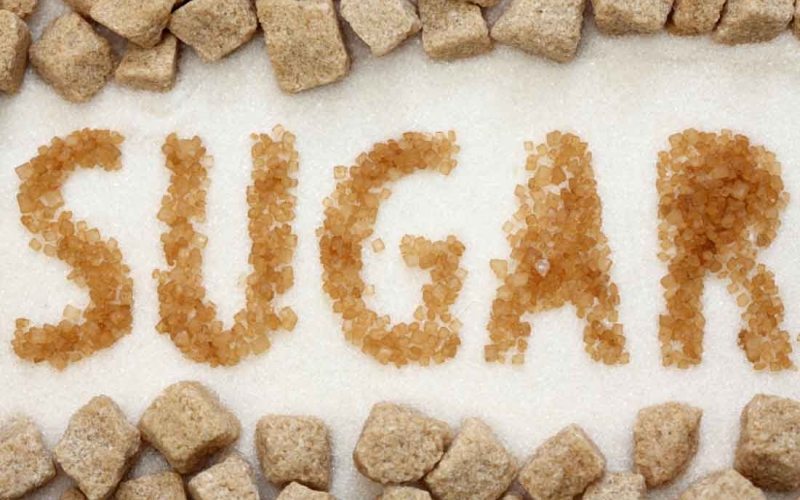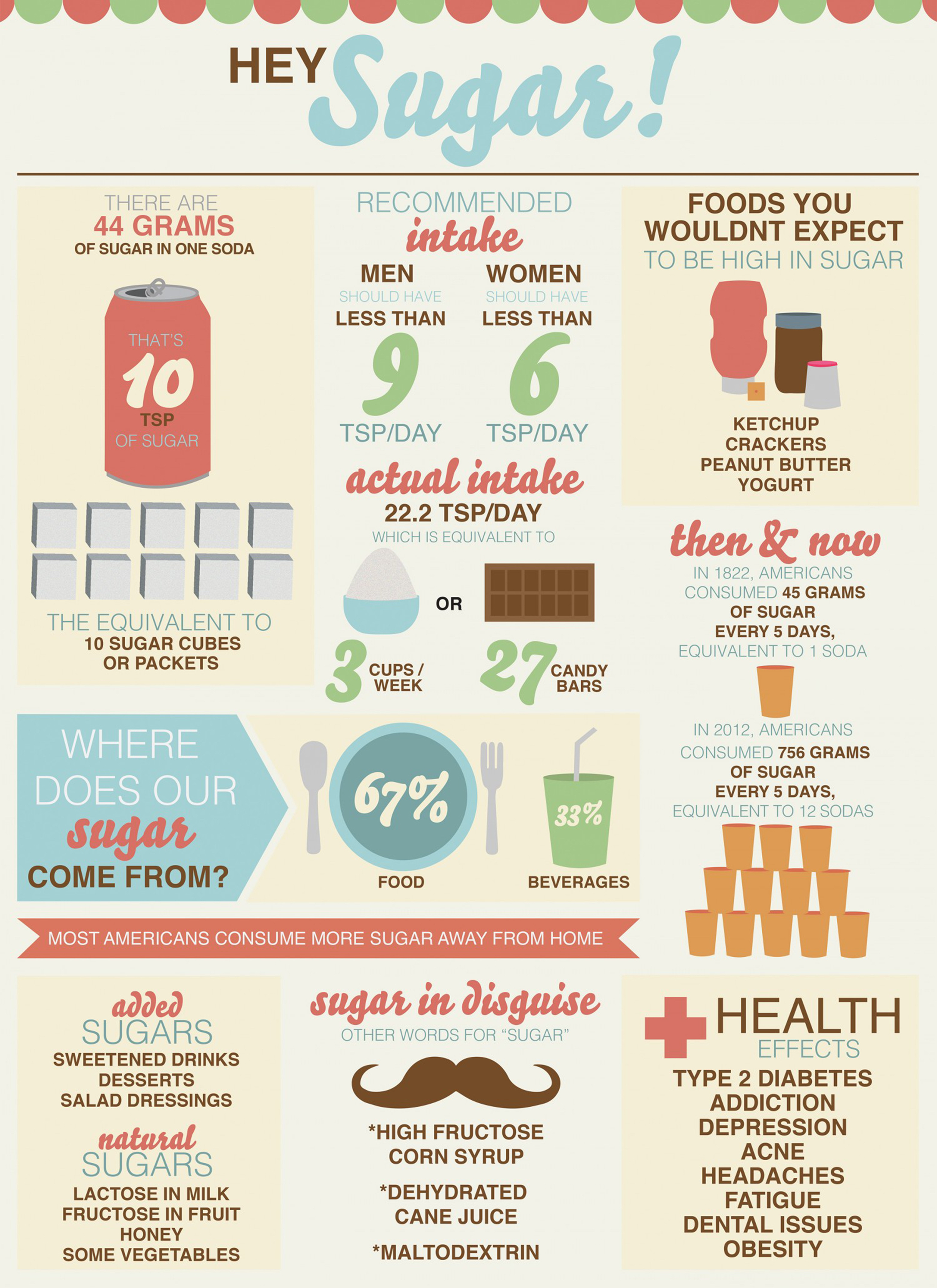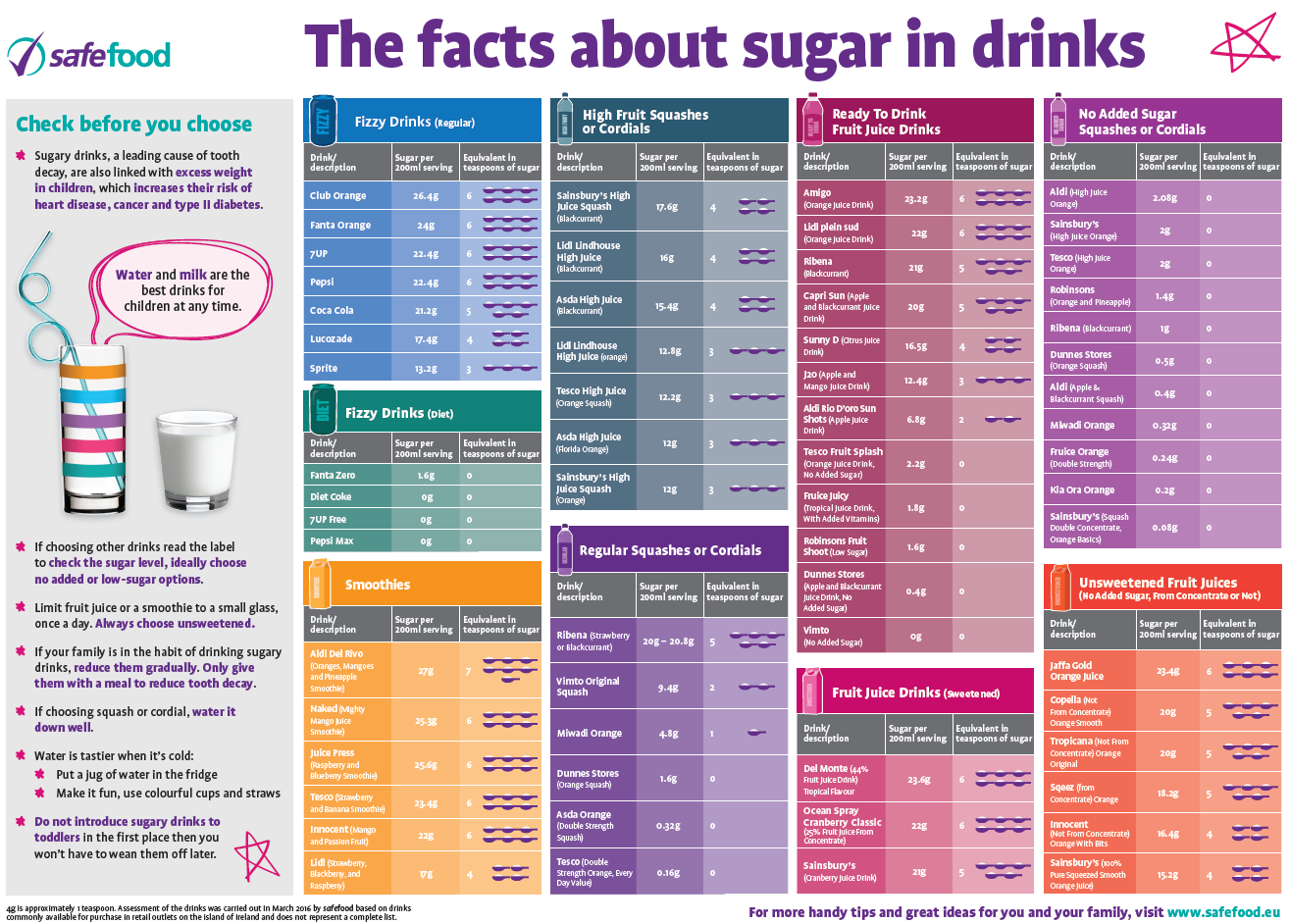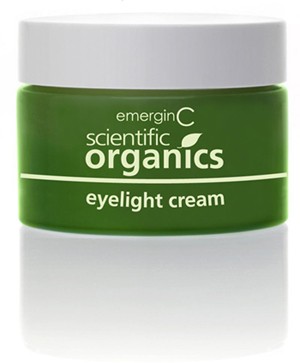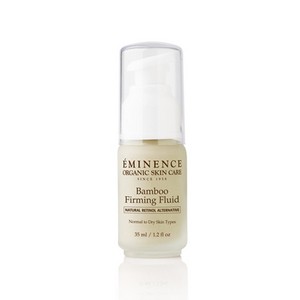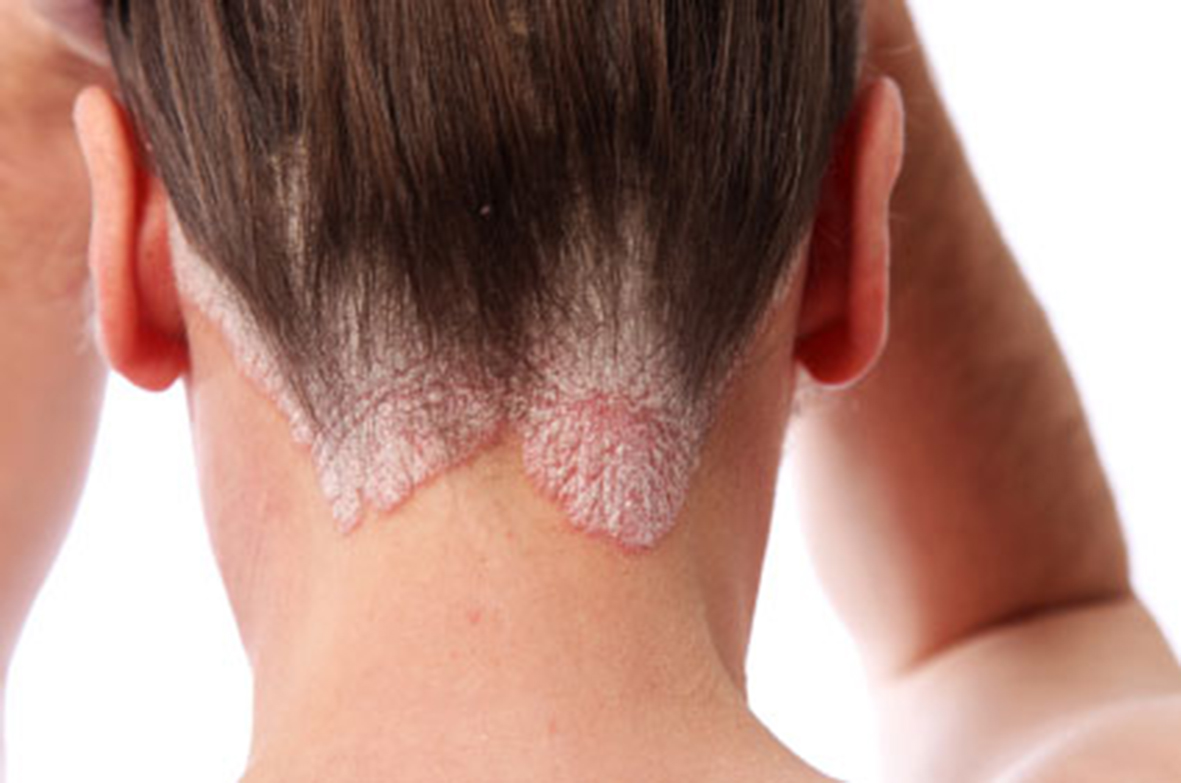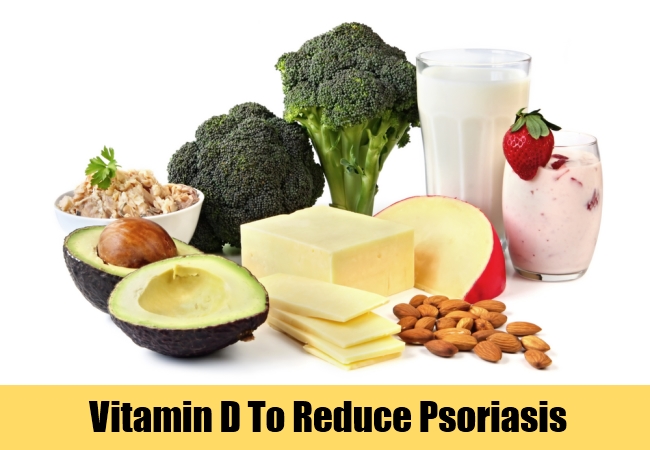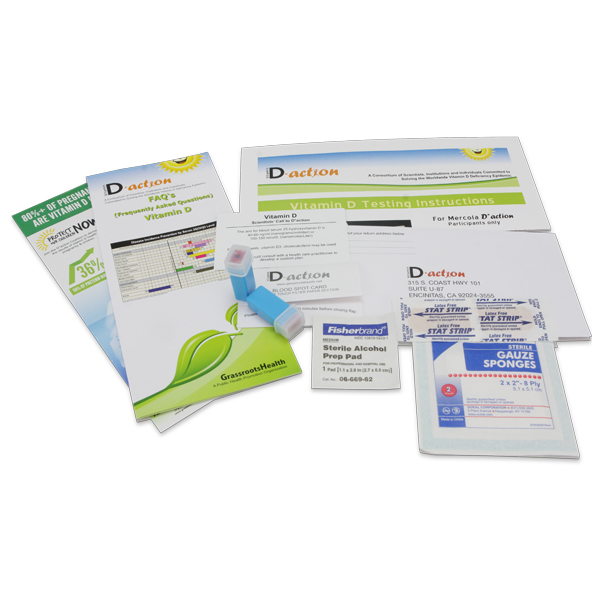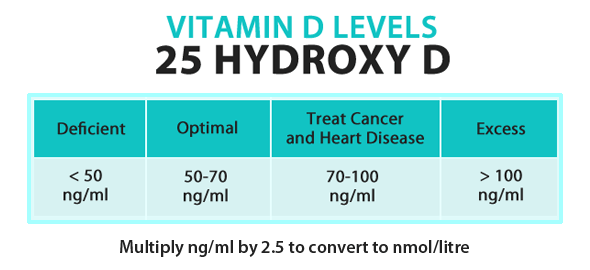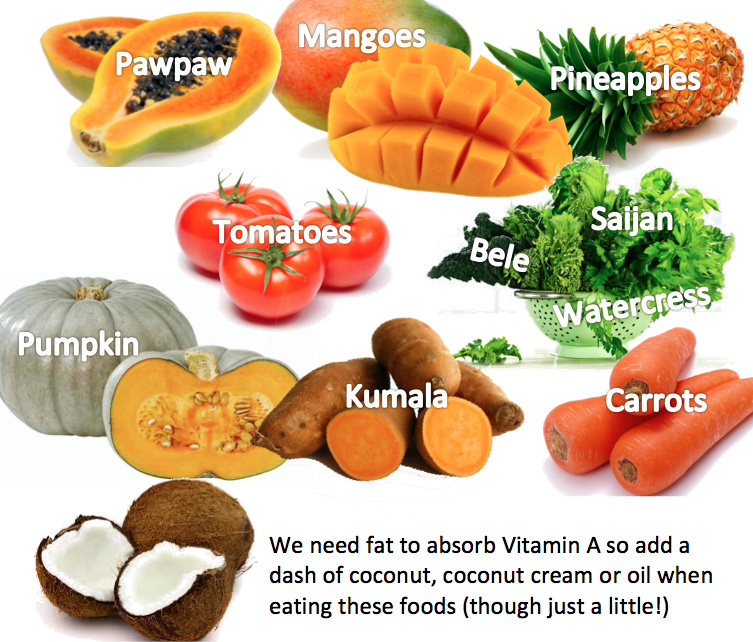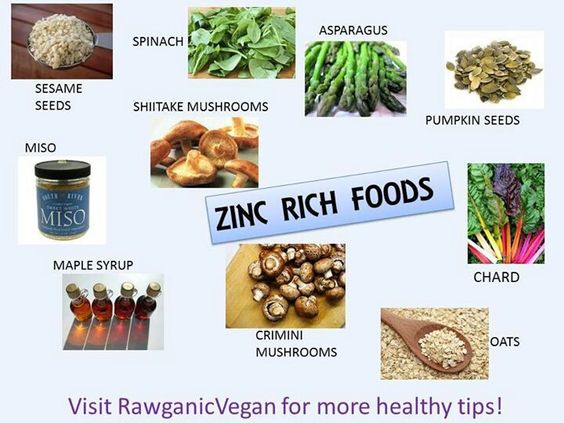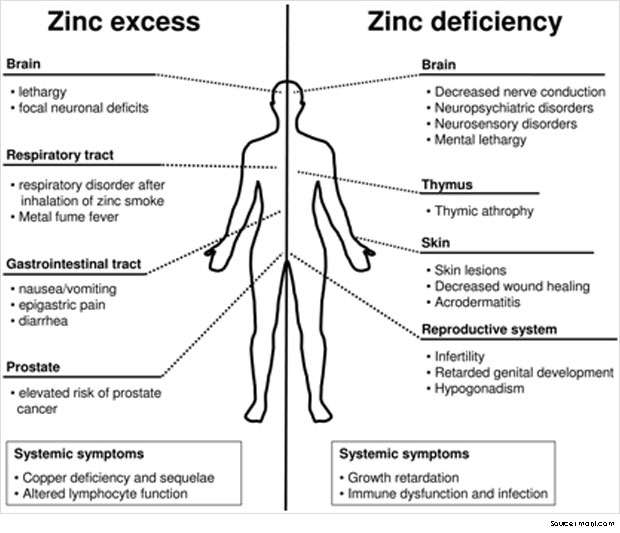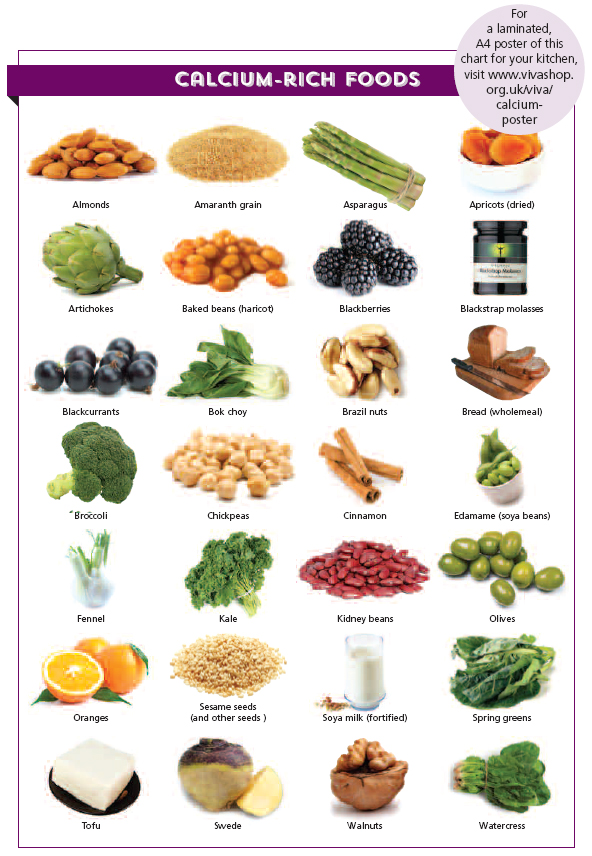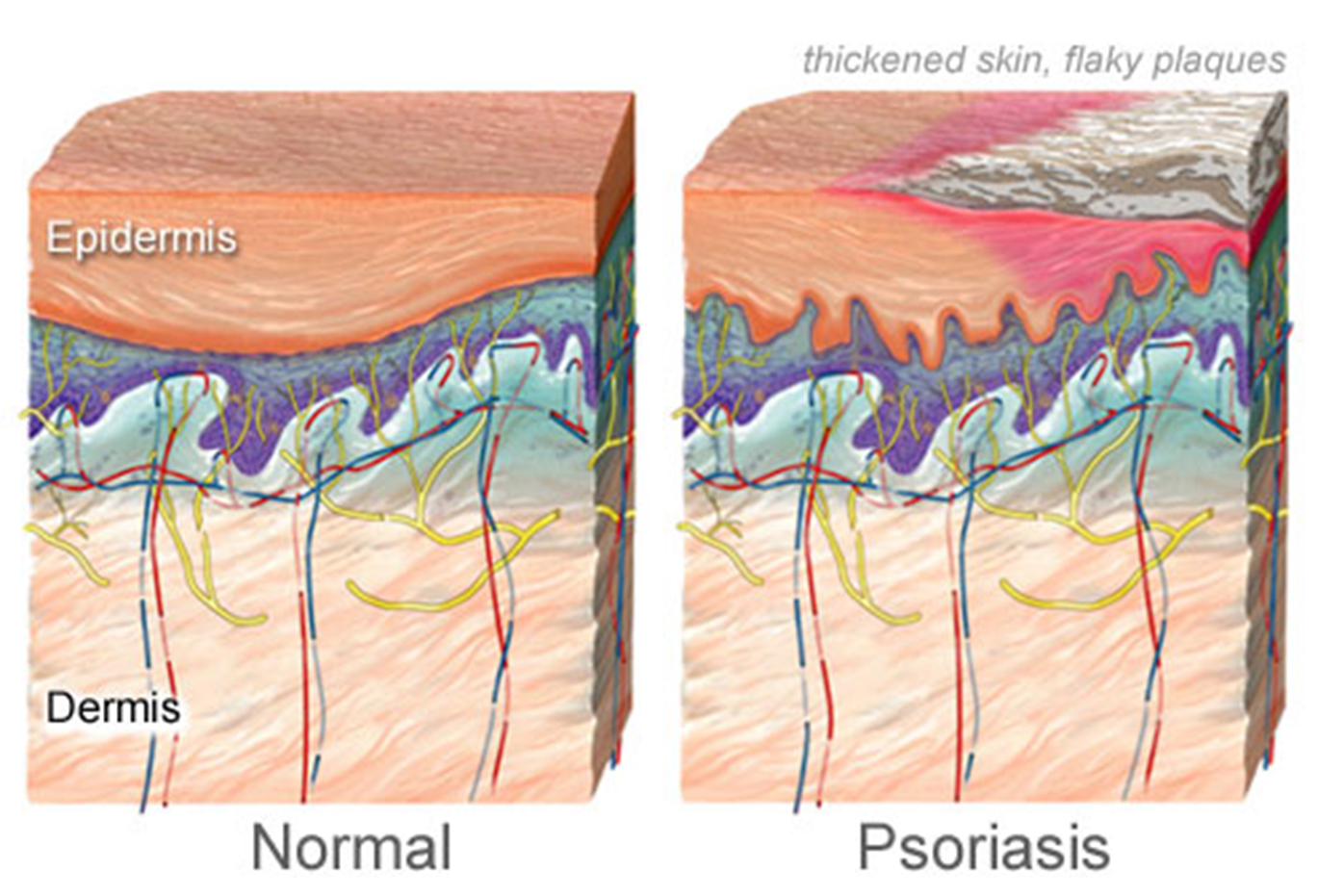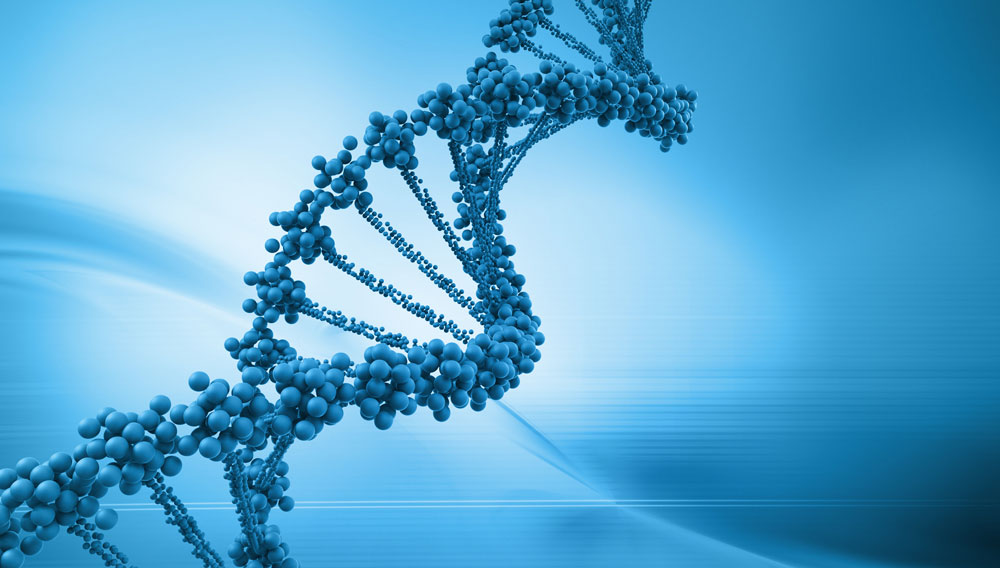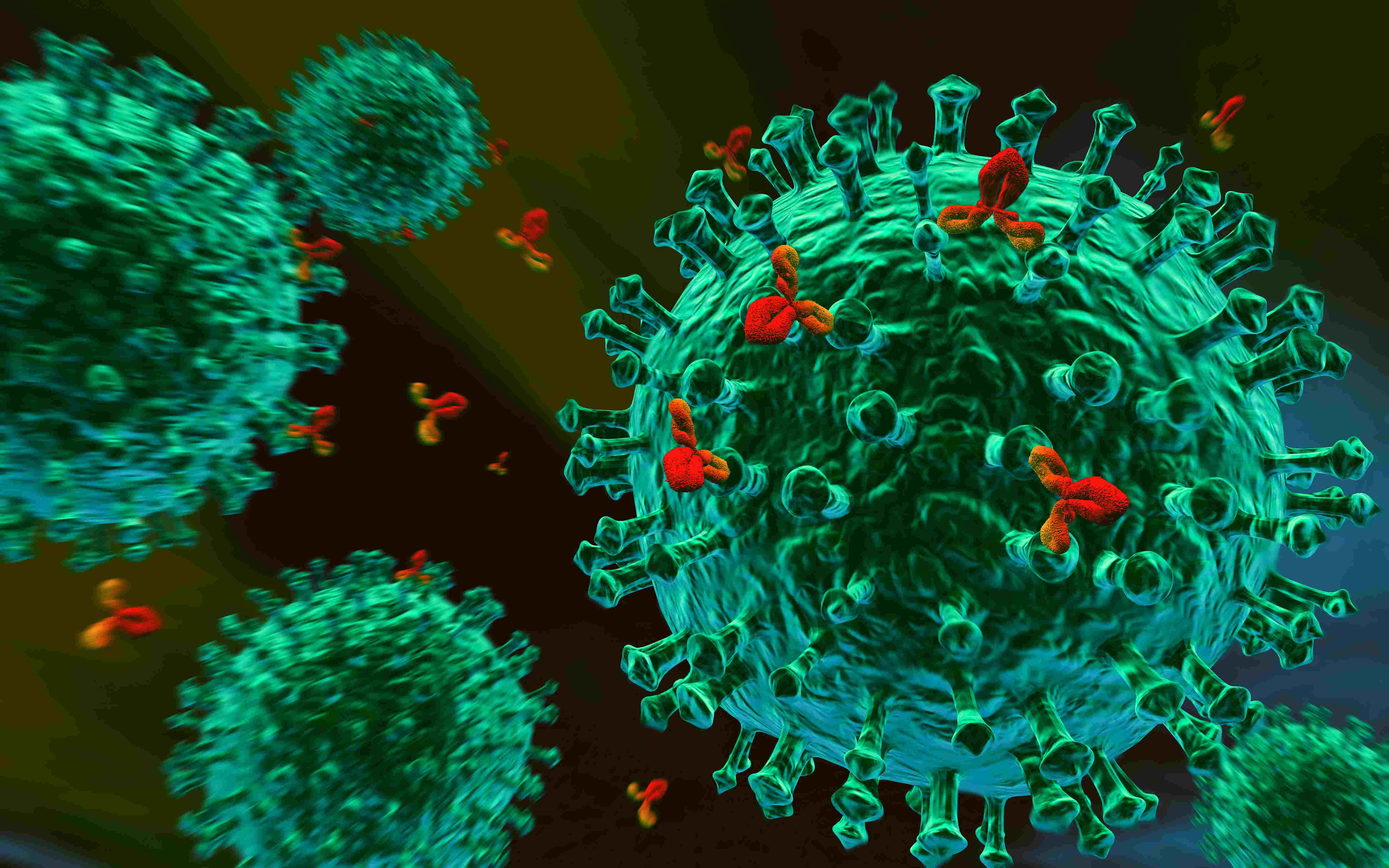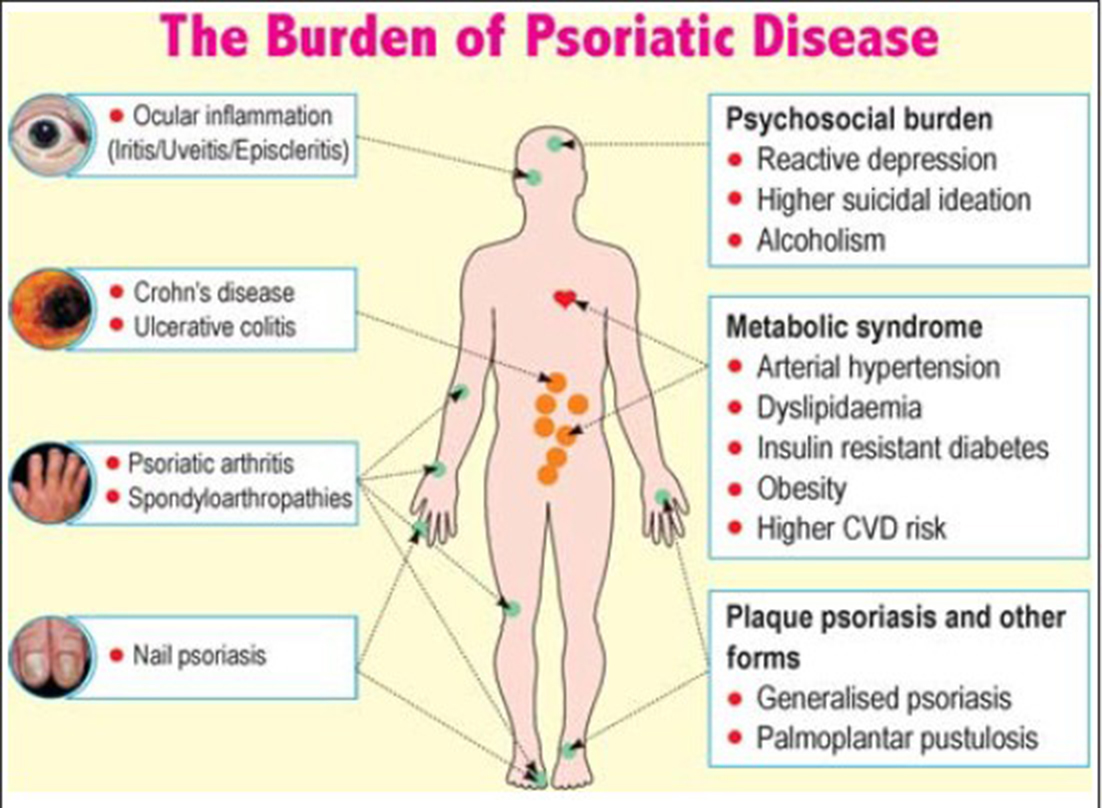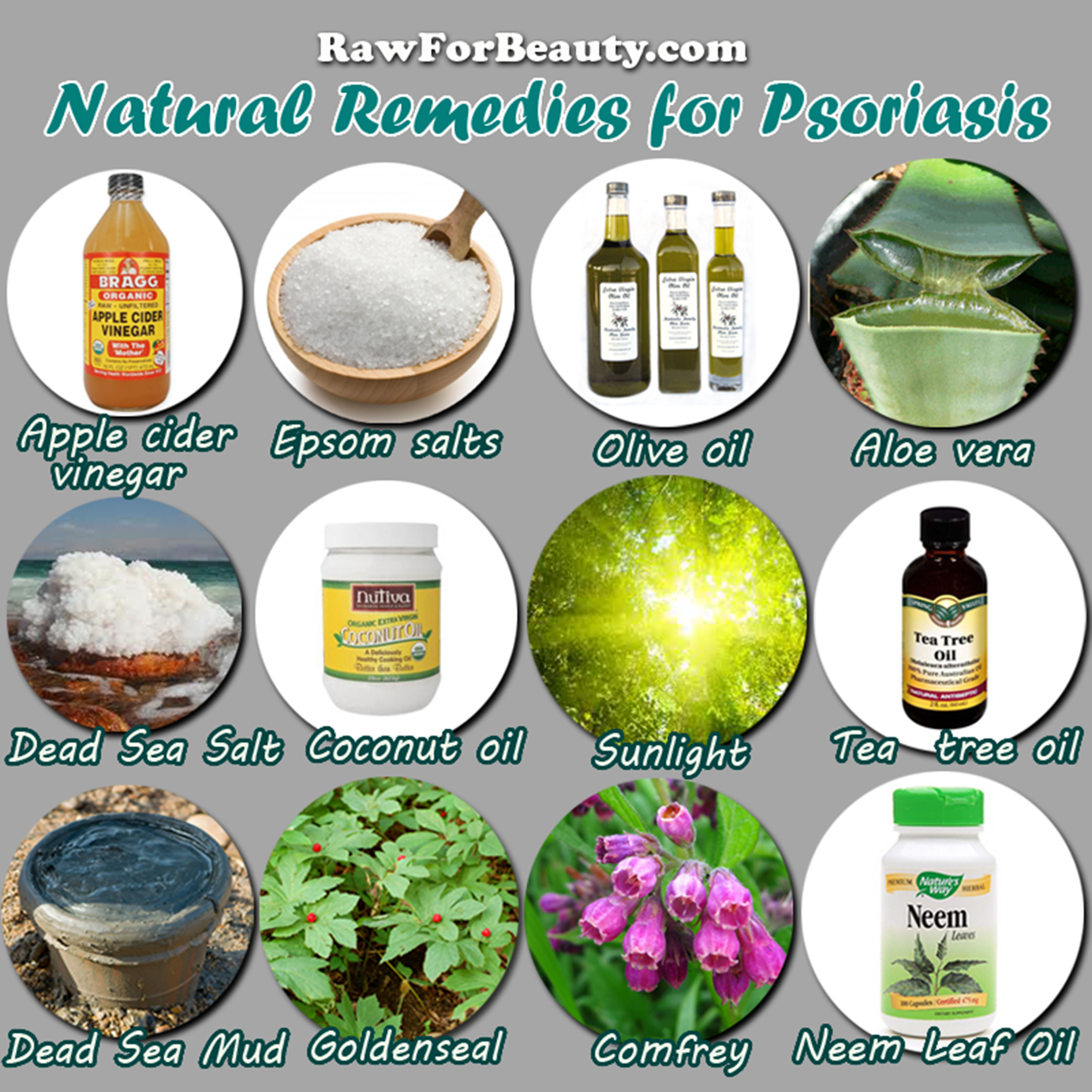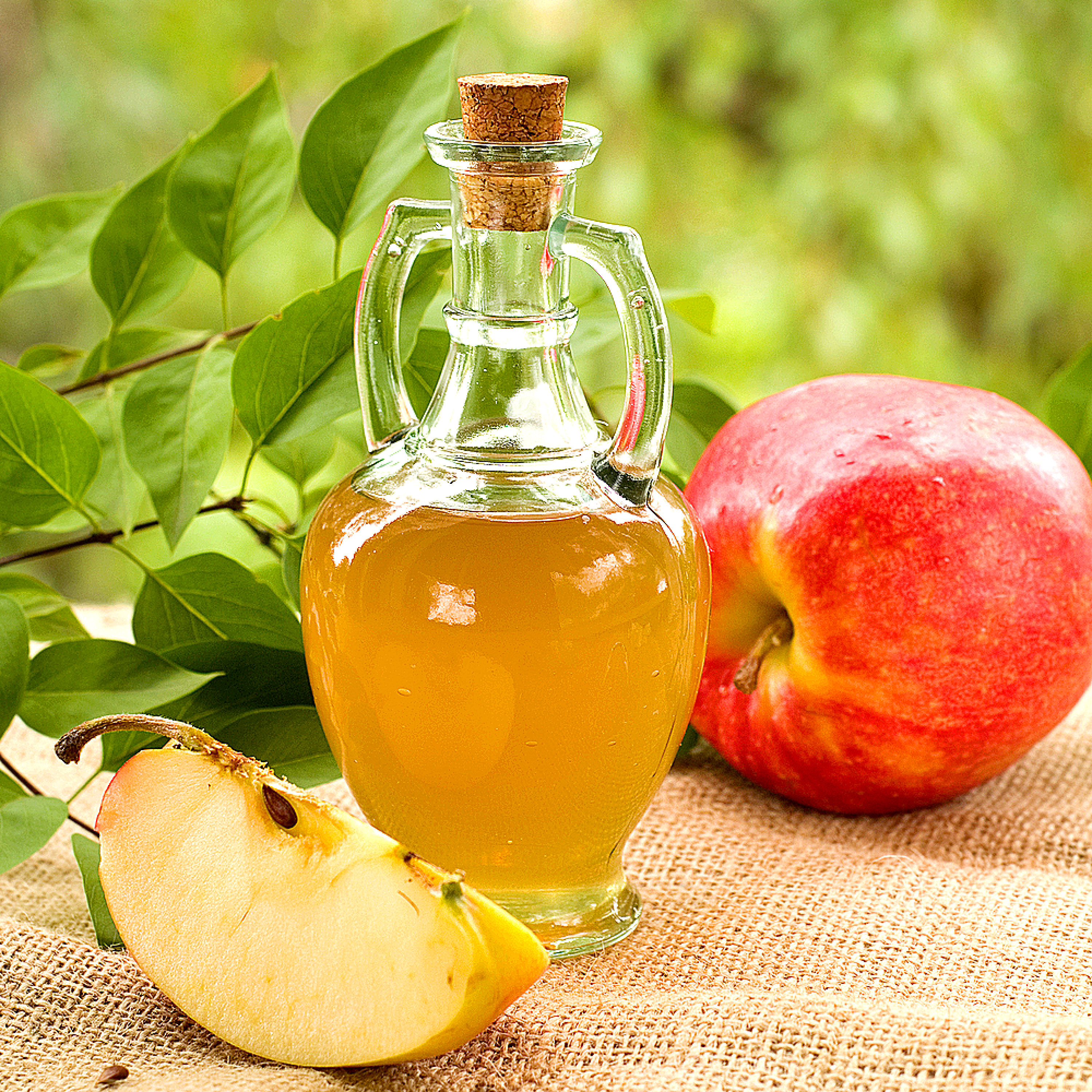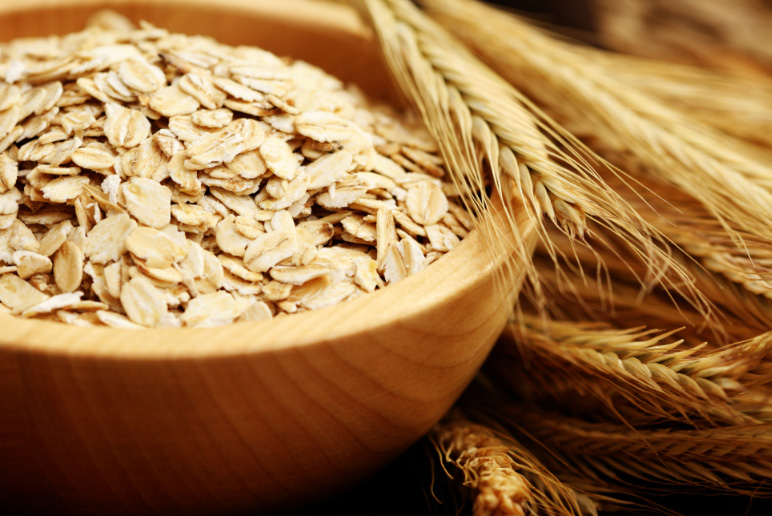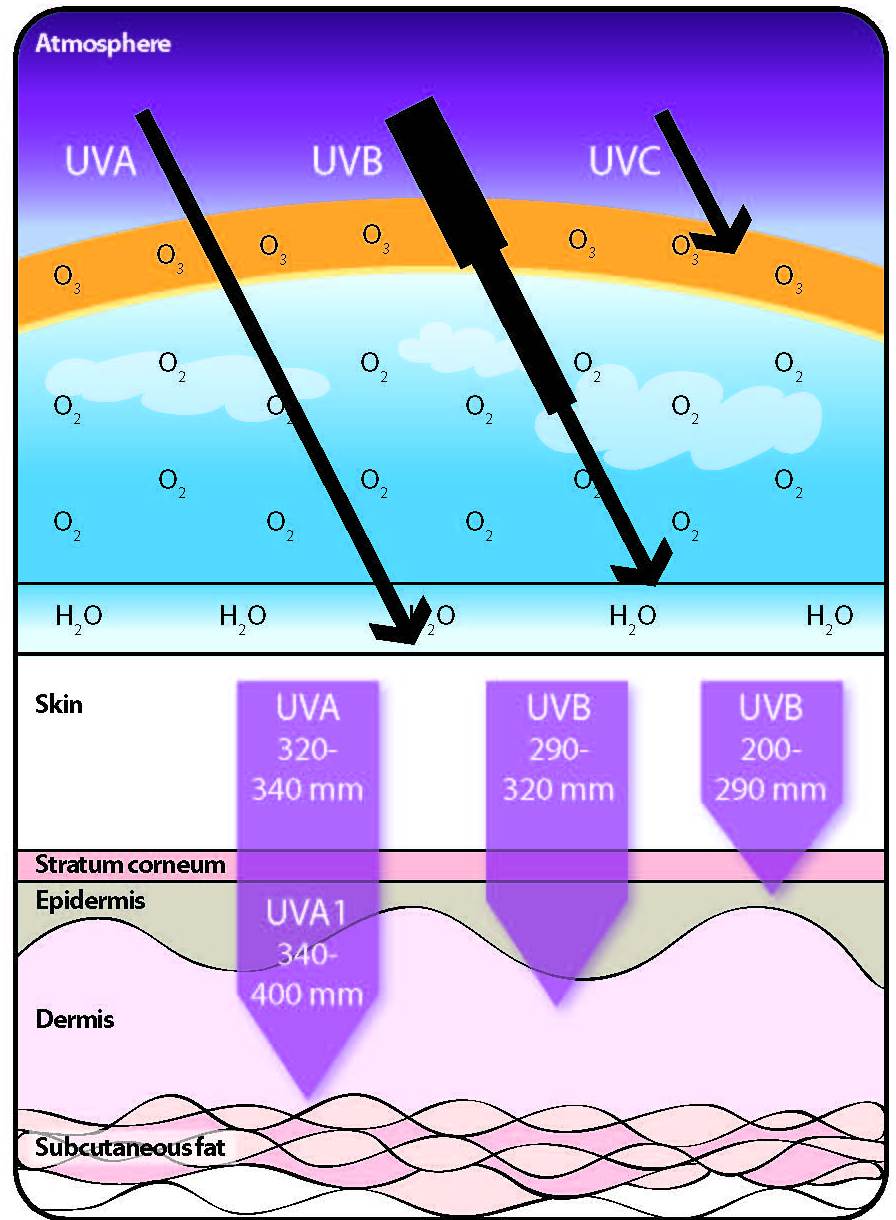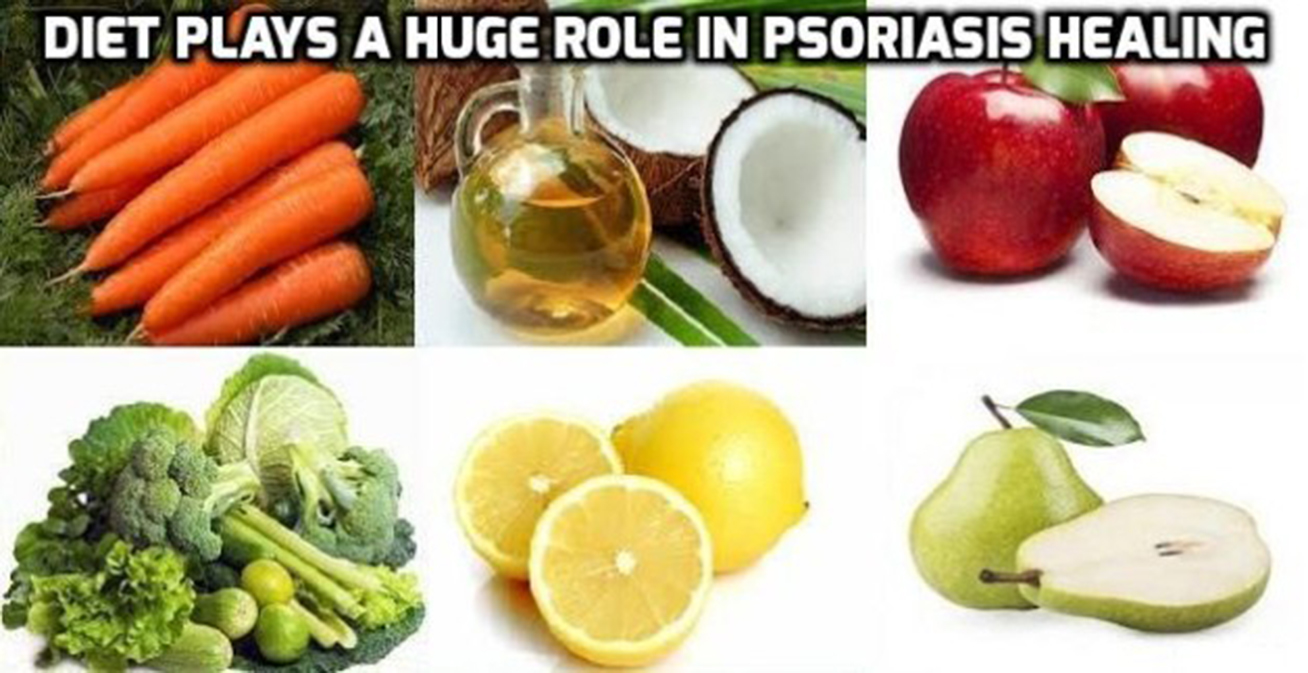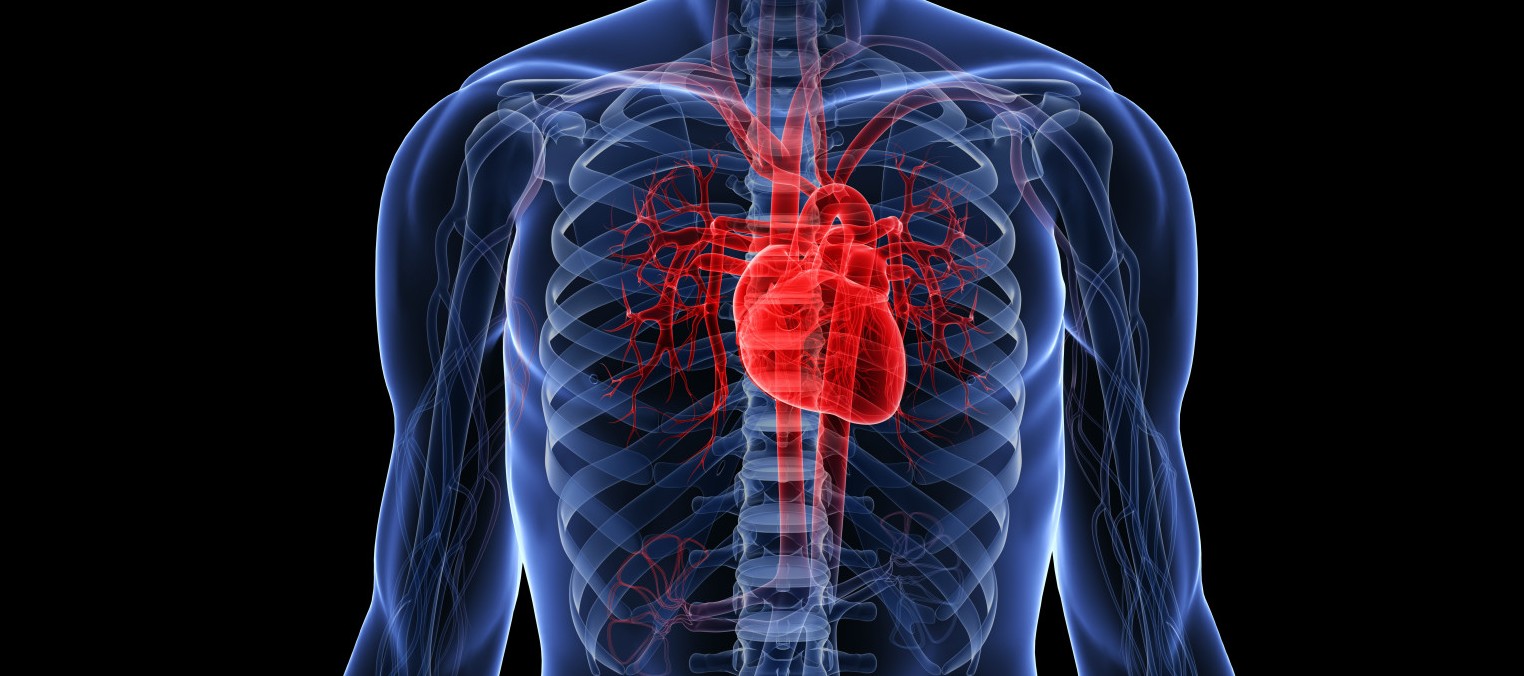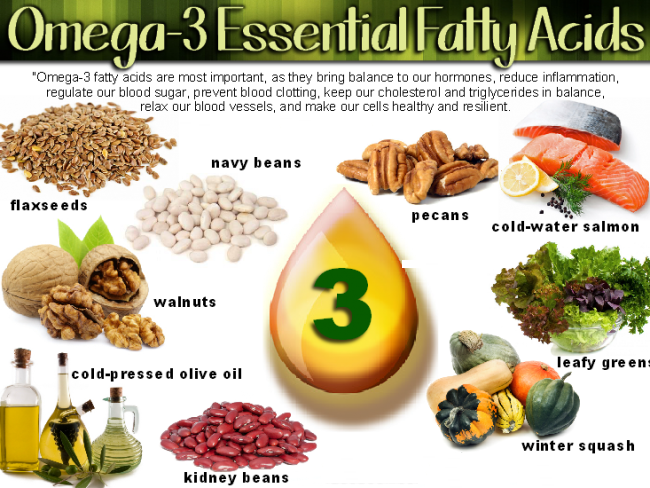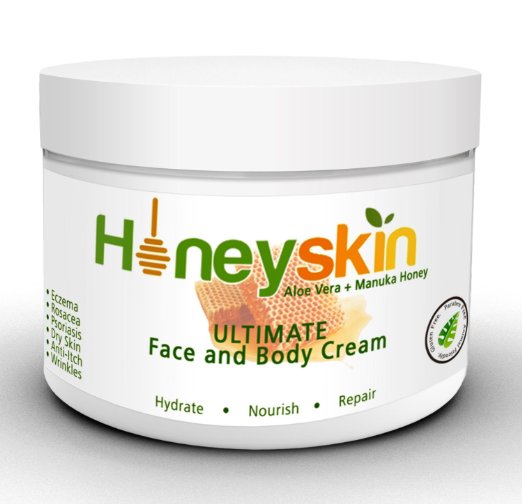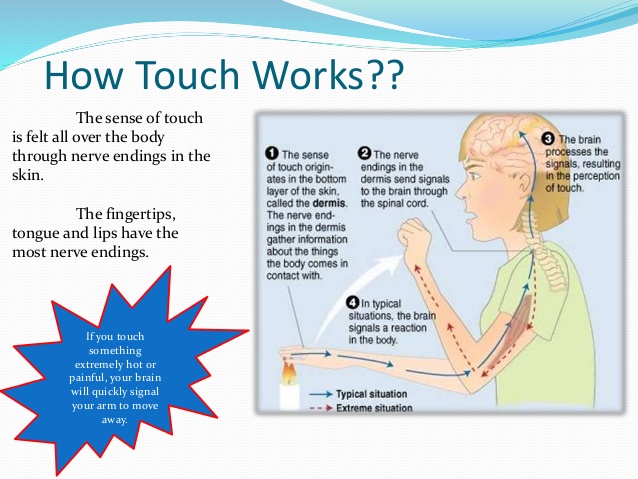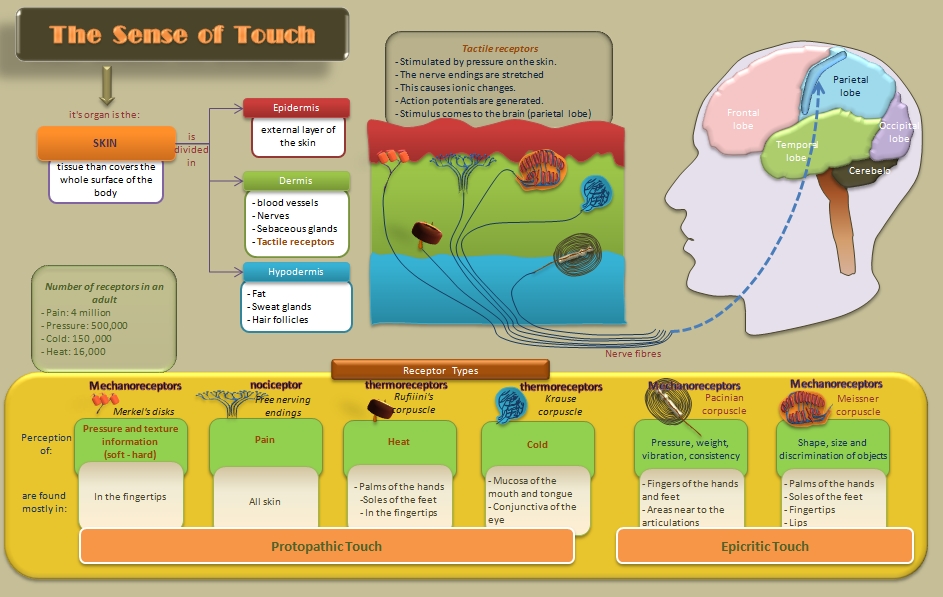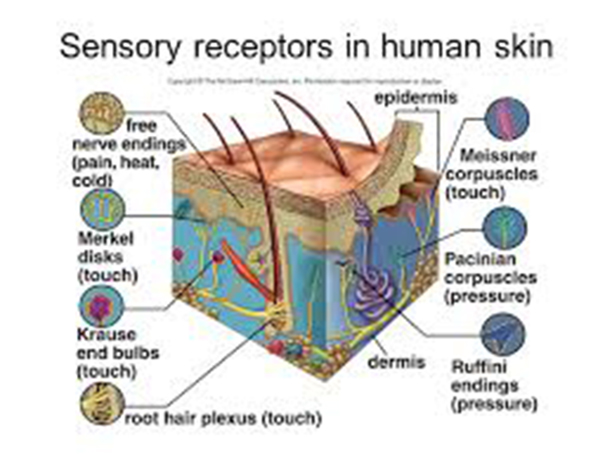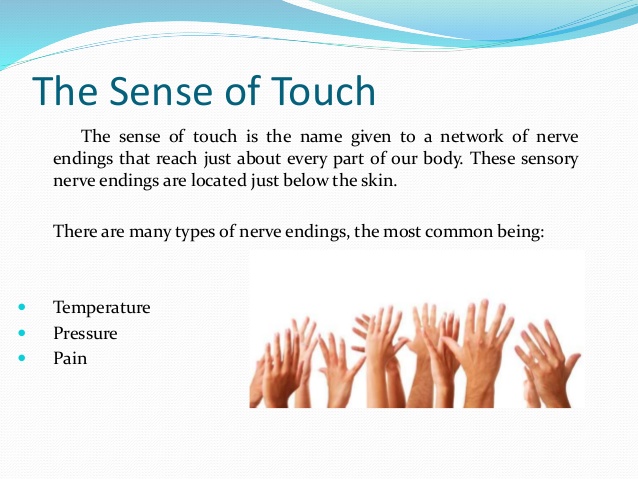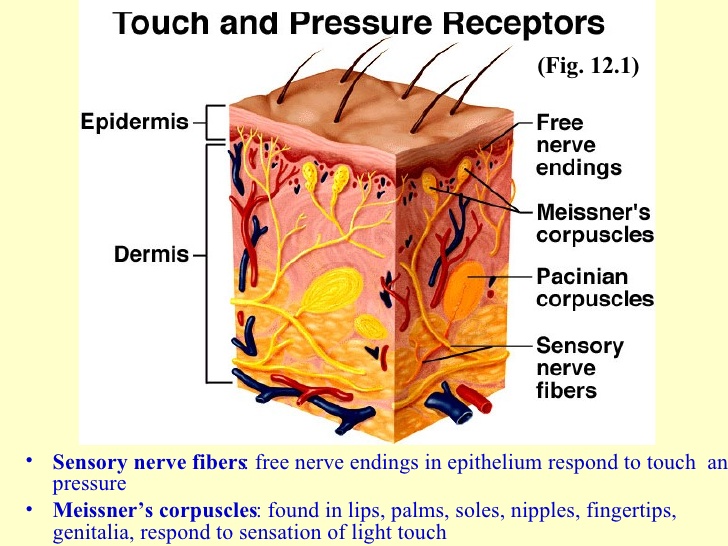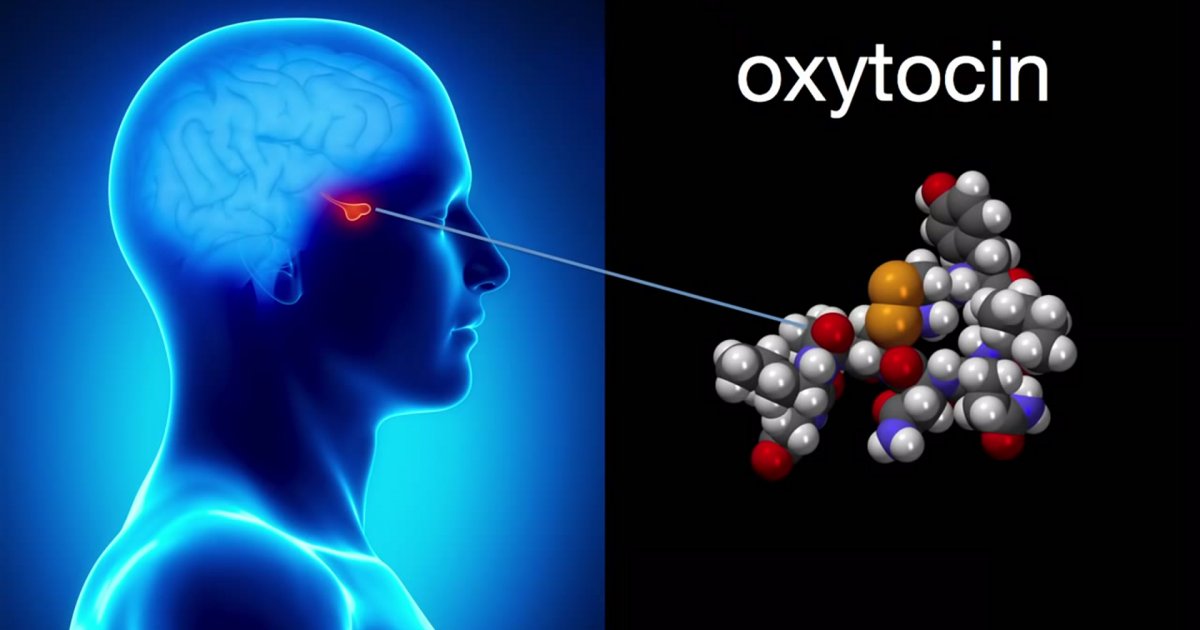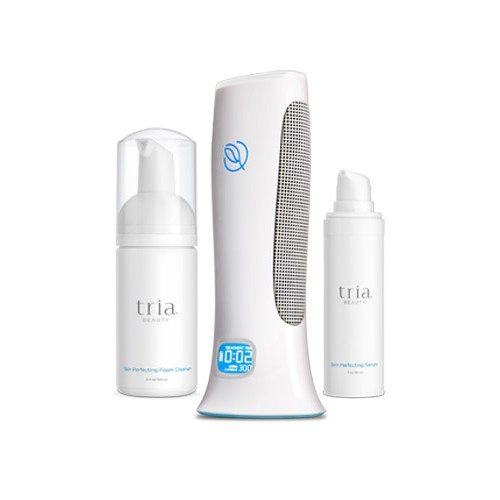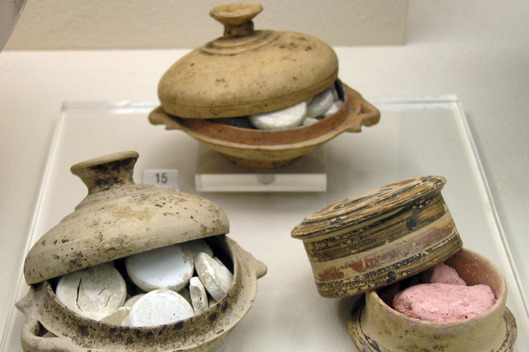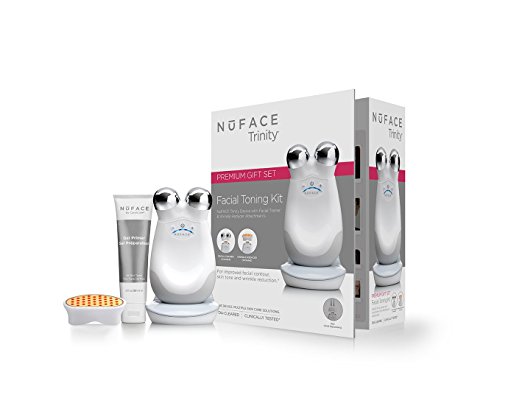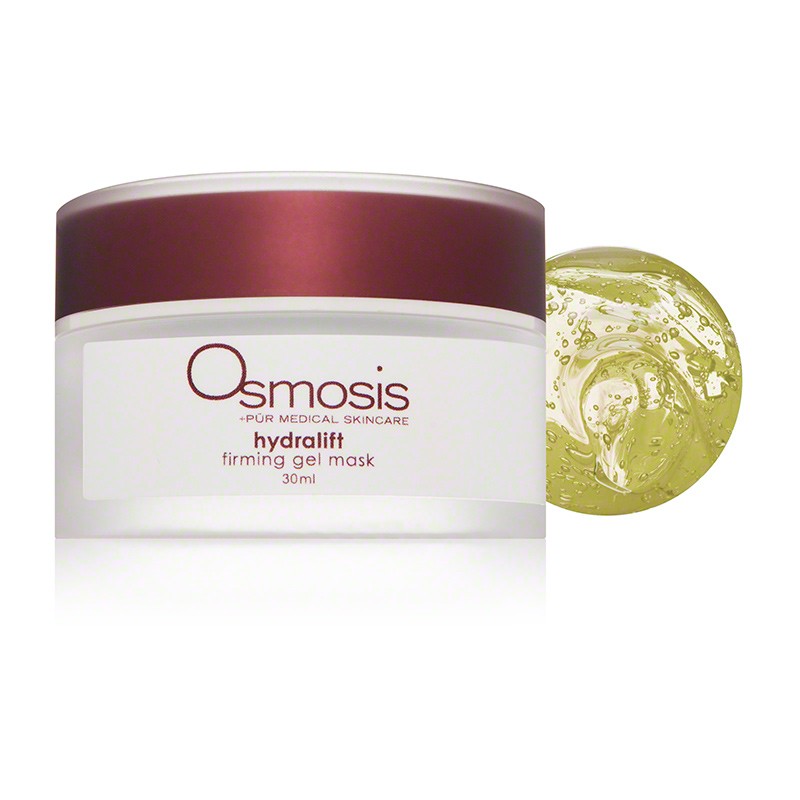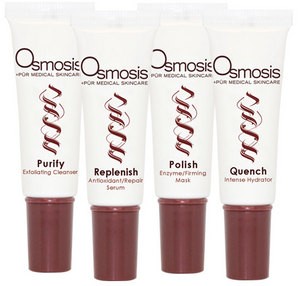Hello, and welcome to our blog. There are many great blogs out there but this on is ours and we are very proud of it. We thank you for the support and all the amazing compliments that we get all the time, thank you we deeply appreciate it.
On week 234 we are sharing info nation that will for sure make many very surprised and conscious of the deep effects that sugar has on not only our beauty but how it affects our health in a very deep way, from our moods, sleep, skin, organs, and much more. We have done very extensive research and we are bringing forward authority information from studies with facts that are eye opening in a big way about what sugar is all about!!
We knew that this product was a contradiction to health and our overall wellbeing but these facts take it to a much higher level. Sugar is disguised in so many ways in our food products that it takes a true expert to unveil it. We like to know what goes in the body of our family members as well as our own. It is frightening how the food industry camouflages this deadly product to enhance food, talk about hidden agendas that are there to make more money at the expense of the health of the consumers that don’t do their research. with that said here are the facts of the one product that is in so much of the food that we consume. Please share so awareness can shift thank you for that from all of us at Isabel Beauty Blog.
Is sugar a sweet old friend that is secretly plotting your demise?
from: http://articles.mercola.com/sites/articles/archive/2010/04/20/sugar-dangers.aspx
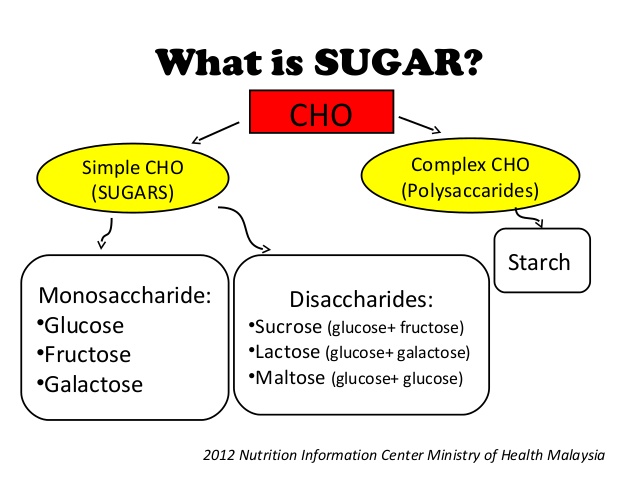
There is a vast sea of research suggesting that it is. Science has now shown us, beyond any shadow of a doubt, that sugar in your food, in all its myriad of forms, is taking a devastating toll on your health.
The single largest source of calories for Americans comes from sugar—specifically high fructose corn syrup. Just take a look at the sugar consumption trends of the past 300 years:
• In 1700, the average person consumed about 4 pounds of sugar per year.
• In 1800, the average person consumed about 18 pounds of sugar per year.
• In 1900, individual consumption had risen to 90 pounds of sugar per year.
• In 2009, more than 50 percent of all Americans consume one-half pound of sugar PER DAY—translating to a whopping 180 pounds of sugar per year!
Sugar is loaded into your soft drinks, fruit juices, sports drinks, and hidden in almost all processed foods—from bologna to pretzels to Worcestershire sauce to cheese spread. And now most infant formula has the sugar equivalent of one can of Coca-Cola, so babies are being metabolically poisoned from day one of taking formula.
No wonder there is an obesity epidemic in this country.
Today, 32 percent of Americans are obese and an additional one-third is overweight. Compare that to 1890, when a survey of white males in their fifties revealed an obesity rate of just 3.4 percent. In 1975, the obesity rate in America had reached 15 percent, and since then it has doubled.
Carrying excess weight increases your risk for deadly conditions such as heart disease, kidney disease, and diabetes.
In 1893, there were fewer than three cases of diabetes per 100,000 people in the United States. Today, diabetes strikes almost 8,000 out of every 100,000 people.
You don’t have to be a physician or a scientist to notice America’s expanding waistline. All you have to do is stroll through a shopping mall or a schoolyard, or perhaps glance in the mirror.
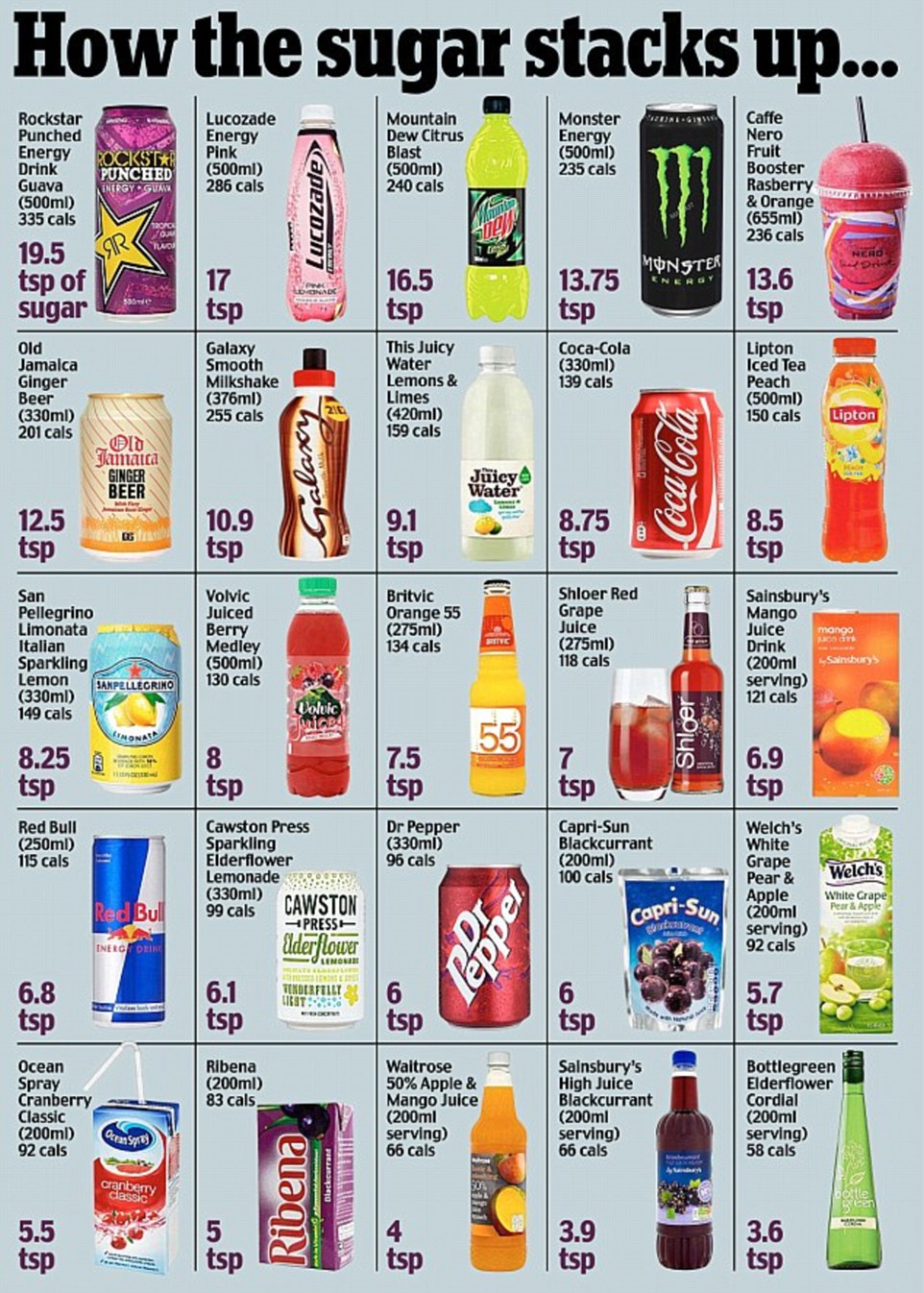
Sugars 101 — Basics of How to Avoid Confusion on This Important Topic
It is easy to become confused by the various sugars and sweeteners. So here is a basic overview:
• Dextrose, fructose, and glucose are all monosaccharides, known as simple sugars. The primary difference between them is how your body metabolizes them. Glucose and dextrose are essentially the same sugar. However, food manufacturers usually use the term “dextrose” in their ingredient list.
• The simple sugars can combine to form more complex sugars, like the disaccharide sucrose (table sugar), which is half glucose and half fructose.
• High fructose corn syrup (HFCS) is 55 percent fructose and 45 percent glucose.
• Ethanol (drinking alcohol) is not a sugar, although beer and wine contain residual sugars and starches, in addition to alcohol.
• Sugar alcohols like xylitol, glycerol, sorbitol, maltitol, mannitol, and erythritol are neither sugars nor alcohols but are becoming increasingly popular as sweeteners. They are incompletely absorbed from your small intestine, for the most part, so they provide fewer calories than sugar but often cause problems with bloating, diarrhea, and flatulence.
• Sucralose (Splenda) is NOT a sugar, despite its sugar-like name and deceptive marketing slogan, “made from sugar.” It’s a chlorinated artificial sweetener in line with aspartame and saccharin, with detrimental health effects to match.
• Agave syrup, falsely advertised as “natural,” is typically HIGHLY processed and is usually 80 percent fructose. The end product does not even remotely resemble the original agave plant.
• Honey is about 53 percent fructose, but is completely natural in its raw form and has many health benefits when used in moderation, including as many antioxidants as spinach.
• Stevia is a highly sweet herb derived from the leaf of the South American stevia plant, which is completely safe (in its natural form). Lo han (or luohanguo) is another natural sweetener but derived from a fruit.
All Sugars Are Not Equal
Glucose is the form of energy you were designed to run on. Every cell in your body, every bacterium—and in fact, every living thing on the Earth—uses glucose for energy.
But in this country, sucrose is no longer the sugar of choice. It’s now fructose.
If your diet was like that of people a century ago, you’d consume about 15 grams per day—a far cry from the 73 grams per day the typical person gets from sweetened drinks. In vegetables and fruits, it’s mixed in with vitamins, minerals, enzymes, and beneficial phytonutrients, all which moderate the negative metabolic effects. Amazingly, 25 percent of people actually consume more than 130 grams of fructose per day.
Making matters worse, all of the fiber has been removed from processed foods, so there is essentially no nutritive value at all. And the very products most people rely on to lose weight—the low-fat diet foods—are often the ones highest in fructose.
It isn’t that fructose itself is bad—it is the MASSIVE DOSES you’re exposed to that make it dangerous.
There are two overall reasons fructose is so damaging:
1 Your body metabolizes fructose in a much different way from glucose. The entire burden of metabolizing fructose falls on your liver.
2 People are consuming fructose in enormous quantities, which has made the negative effects much more profound.
The explosion of soda consumption is the major cause of this.
Today, 55 percent of sweeteners used in food and beverage manufacturing are made from corn, and the number one source of calories in America is soda, in the form of high fructose corn syrup.
Food and beverage manufacturers began switching their sweeteners from sucrose to corn syrup in the 1970s when they discovered that HFCS was not only far cheaper to make, but is also about 20 percent sweeter than conventional table sugar that has sucrose.
HFCS contains the same two sugars as sucrose but is more metabolically risky to you, due to its chemical form.
The fructose and the glucose are not bound together in HFCS, as they are in table sugar, so your body doesn’t have to break it down. Therefore, the fructose is absorbed immediately, going straight to your liver.
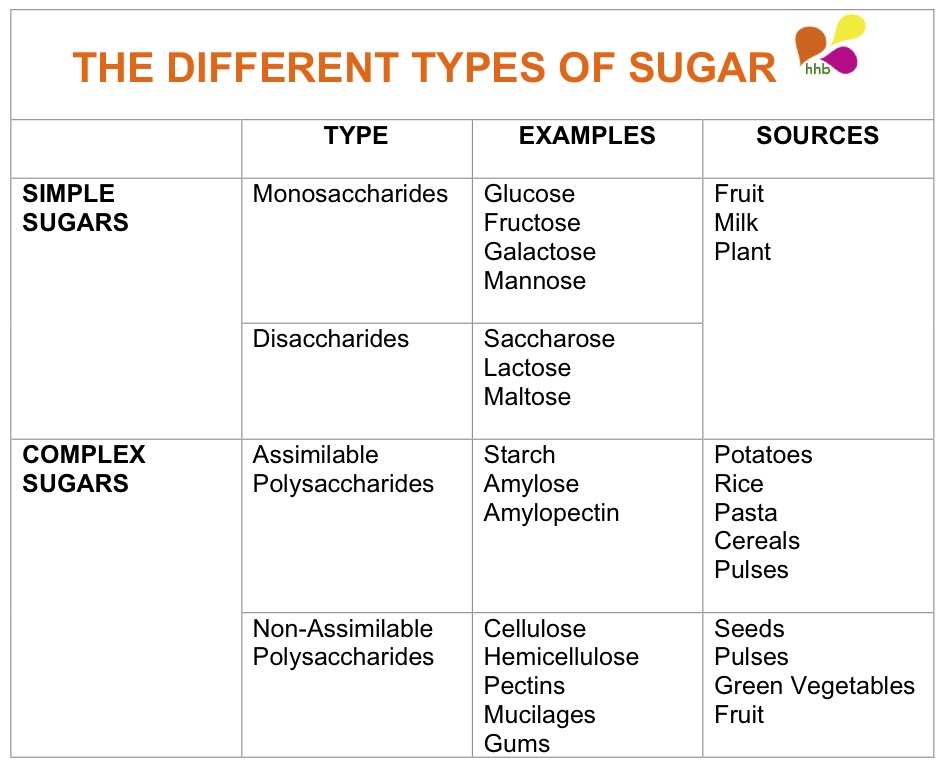
Too Much Fructose Creates a Metabolic Disaster in Your Body
Dr. Robert Lustig, Professor of Pediatrics in the Division of Endocrinology at the University of California, San Francisco, has been a pioneer in decoding sugar metabolism. His work has highlighted some major differences in how different sugars are broken down and used by the human body.
I highly recommend watching Lustig’s lecture in its entirety if you want to learn how fructose is ruining your health biochemically.
As I mentioned earlier, after eating fructose, most of the metabolic burden rests on your liver. This is NOT the case with glucose, of which your liver breaks down only 20 percent. Nearly every cell in your body utilizes glucose, so it’s normally “burned up” immediately after consumption.
So where does all of this fructose go, once you consume it?
Onto your thighs. It is turned into FAT (VLDL and triglycerides), which means more fat deposits throughout your body.
Eating Fructose Is Far Worse Than Eating Fat
However, the physiological problems of fructose metabolism extend well beyond a couple of pant sizes:
• Fructose elevates uric acid, which decreases nitric oxide, raises angiotensin, and causes your smooth muscle cells to contract, thereby raising your blood pressure and potentially damaging your kidneys.
• Increased uric acid also leads to chronic, low-level inflammation, which has far-reaching consequences for your health. For example, chronically inflamed blood vessels lead to heart attacks and strokes; also, a good deal of evidence exists that some cancers are caused by chronic inflammation. (See the next section for more about uric acid.)
• Fructose tricks your body into gaining weight by fooling your metabolism—it turns off your body’s appetite-control system. Fructose does not appropriately stimulate insulin, which in turn does not suppress ghrelin (the “hunger hormone”) and doesn’t stimulate leptin (the “satiety hormone”), which together result in you eating more and developing insulin resistance.
• Fructose rapidly leads to weight gain and abdominal obesity (“beer belly”), decreased HDL, increased LDL, elevated triglycerides, elevated blood sugar, and high blood pressure—i.e., classic metabolic syndrome.
• Fructose metabolism is very similar to ethanol metabolism, which has a multitude of toxic effects, including NAFLD (non-alcoholic fatty liver disease). It’s alcohol without the buzz.
These changes are not seen when humans or animals eat starch (or glucose), suggesting that fructose is a “bad carbohydrate” when consumed in excess of 25 grams per day. It is probably the one factor responsible for the partial success of many “low-carb” diets.
One of the most recent findings that surprised researchers are that glucose actually accelerates fructose absorption, making the potential health risks from HFCS even more profound.
You can now see why fructose is the number one contributing factor to the current obesity epidemic.
Is Uric Acid the New Cholesterol?
By now you are probably aware of the childhood obesity epidemic in America—but did you know about childhood hypertension?
Until recently, children were rarely diagnosed with high blood pressure, and when they were, it was usually due to a tumor or a vascular kidney disease.
In 2004, a study showed hypertension among children is four times higher than predicted: 4.5 percent of American children have high blood pressure. Among overweight children, the rate is 10 percent. It is thought that obesity is to blame for about 50 percent of hypertension cases in adolescents today.
Even more startling is that 90 percent of adolescents who have high blood pressure have elevated uric acid levels.
This has led researchers to ask: what does uric acid have to do with obesity and high blood pressure?
In his book, The Sugar Fix: The High-Fructose Fallout That is Making You Fat and Sick, Dr. Robert J. Johnson makes a compelling argument for a previously unrecognized connection between excess sugar consumption and high uric acid levels. However, he promotes artificial sweeteners as an alternative to sugar and makes other recommendations that I don’t agree with.
Dr. Johnson is a conventional physician who has not accepted large parts of natural medicine. However, he is one of the leading researchers defining the extent of fructose toxicity. He has spent many years of his life dedicating himself to uncover this mystery.
There are more than 3,500 articles to date showing a strong relationship between uric acid and obesity, heart disease, hypertension, stroke, kidney disease, and other conditions. In fact, a number of studies have confirmed that people with elevated serum uric acid are at risk for high blood pressure, even if they otherwise appear to be perfectly healthy.
Uric acid levels among Americans have risen significantly since the early half of the 20th century. In the 1920s, average uric acid levels were about 3.5 ml/dl. By 1980, average uric acid levels had climbed into the range of 6.0 to 6.5 ml/dl and are probably much higher now.
How Does Your Body Produce Uric Acid?
It’s a byproduct of cellular breakdown. As cells die off, DNA and RNA degrade into chemicals called purines. Purines are further broken down into uric acid.
Fructose increases uric acid through a complex process that causes cells to burn up their ATP rapidly, leading to “cell shock” and increased cell death. After eating excessive amounts of fructose, cells become starved of energy and enter a state of shock, just as if they have lost their blood supply. Massive cellular die-off leads to increased uric acid levels.
And cells that are depleted of energy become inflamed and more susceptible to damage from oxidative stress. Fat cells actually become “sickly,” bloating up with excessive amounts of fat.
There is a simple, inexpensive blood test for determining your uric acid level, which I recommend you have done as part of your routine health checkups. Your level should be between 3.0 and 5.5 mg/dl, optimally.
There is little doubt in my mind that your uric acid level is a more potent predictor of cardiovascular and overall health than your total cholesterol level is. Yet virtually no one is screening for this.
Now that you know the truth, you don’t have to be left out in the cold, as this is a simple and relatively inexpensive test that you can get at any doctor’s office. Odds are very good your doctor is clueless about the significance of elevated uric acid levels, so it will not likely be productive to engage in a discussion with him unless he is truly an open-minded truth seeker.
Merely get your uric acid level, and if it is over 5 then eliminate as much fructose as you can (also eliminate all beer), and retest your level in a few weeks.
Sugar Sensitization Makes the Problem Even WORSE!
There is yet another problem with sugar—a self-perpetuating one.
According to Dr. Johnson, sugar activates its own pathways in your body—those metabolic pathways become “upregulated.” In other words, the more sugar you eat, the more effective your body is in absorbing it; and the more you absorb, the more damage you’ll do.
You become “sensitized” to sugar as time goes by, and more sensitive to its toxic effects as well.
The flip side is, when people are given even a brief sugar holiday, sugar sensitization rapidly decreases and those metabolic pathways become “downregulated.” Research tells us that even two weeks without consuming sugar will cause your body to be less reactive to it.
Try it for yourself! Take a two-week sugar sabbatical and see how different you feel.
Are Fruits Good or Bad for You?

Keep in mind that fruits also contain fructose, although an ameliorating factor is that whole fruits also contain vitamins and other antioxidants that reduce the hazardous effects of fructose.
Juices, on the other hand, are nearly as detrimental as soda, because a glass of juice is loaded with fructose, and a lot of the antioxidants are lost.
It is important to remember that fructose alone isn’t evil, as fruits are certainly beneficial. But when you consume high levels of fructose, it will absolutely devastate your biochemistry and physiology. Remember the AVERAGE fructose dose is 70 grams per day, exceeding the recommend limit by 300 percent.
So please BE CAREFUL with your fruit consumption. You simply MUST understand that because HFCS is so darn cheap, it is added to virtually every processed food. Even if you consumed no soda or fruit, it is very easy to exceed 25 grams of hidden fructose in your diet.
If you are a raw food advocate, have a pristine diet, and exercise very well, then you could be the exception that could exceed this limit and stay healthy.
Remember, you are also likely getting additional fructose if you consume any packaged foods at all, since it is hidden in nearly all of them.
You add it to your morning cup of coffee or tea. You bake it into pastries, cakes, and cookies. You even sprinkle it all over your breakfast cereal or your oatmeal for added “flavor.”
But that’s not all. It’s also hidden in some beloved “treats” that people consume on a daily basis, such as sodas, fruit juices, candies, and ice cream. It also lurks in almost all processed foods, including bread, meats, and even your favorite condiments like Worcestershire sauce and ketchup.
It’s none other than sugar. Most people view sugary foods as tasty, satisfying, and irresistible treats. But I believe that there are three words that can more accurately describe sugar: toxic, addicting, and deadly.
Sugar, in my opinion, is one of the most damaging substances that you can ingest – and what’s terrifying about it is that it’s just so abundant in our everyday diet. This intense addiction to sugar is becoming rampant, not just among adults, but in children as well.
But how exactly does sugar work in our body, and what are the side effects of eating too much sugar on people’s health?
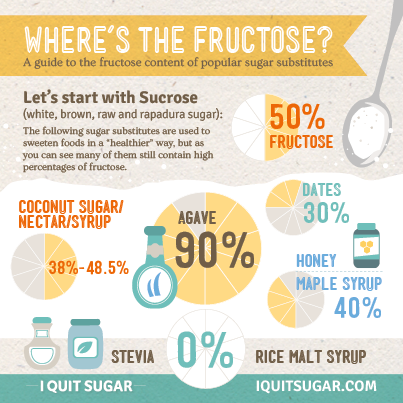
Why Is Excessive Sugar Bad for Your Health?
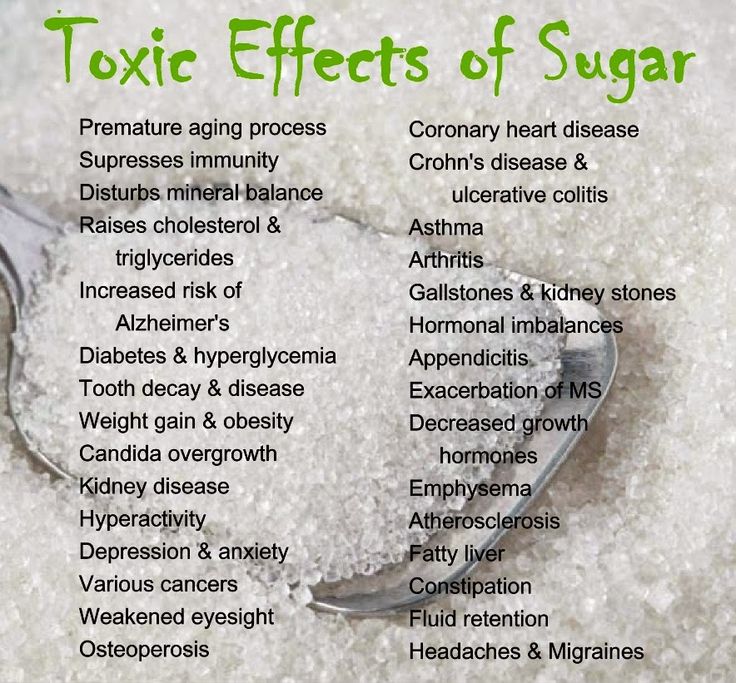
Today, an average American consumes about 32 teaspoons of sugar per day. New numbers came out in February 2015. The Washington Post did a story on it using grams (4 grams = 1 tsp). They quoted Euromonitor’s study, which said Americans are now consuming 126 grams, which would equal close to 32 teaspoons.
Euromonitor’s study costs $1200 to access; the Washington Post interprets the study for free here. It’s definitely alarming, considering the average Englishman during the 1700s only consumed four pounds of sugar per year1 – and that’s most likely from healthful natural sources like fruits, and not from the processed foods you see on supermarket shelves today.
What’s even more disturbing is that people are consuming excessive sugar in the form of fructose or high-fructose corn syrup (HFCS). This highly processed form of sugar is cheaper yet 20 percent sweeter than regular table sugar, which is why many food and beverage manufacturers decided to use it for their products, as it would allow them to save money in the long run.
HFCS is found in almost all types of processed foods and drinks today. Just take a look at this infographic to see just how much fructose is hiding in some of the most common foods you eat.
The bad news is that the human body is not made to consume excessive amounts of sugar, especially in the form of fructose. In fact, your body metabolizes fructose differently than sugar. It is actually a hepatotoxin and is metabolized directly into fat – factors that can cause a whole host of problems that can have far-reaching effects on your health.
Effects of Consuming Too Much Sugar
Dr. Robert Lustig, a professor of Clinical Pediatrics in the Division of Endocrinology at the University of California and a pioneer in decoding sugar metabolism, says that your body can safely metabolize at least six teaspoons of added sugar per day. But since most Americans are consuming over three times that amount, a majority of the excess sugar becomes metabolized into body fat – leading to all the debilitating chronic metabolic diseases many people are struggling with.
Here are some of the effects that consuming too much sugar has on your health:
• It overloads and damages your liver. The effects of too much sugar or fructose can be likened to the effects of alcohol. All the fructose you eat gets shuttled to the only organ that has the transporter for it: your liver. This severely taxes and overloads the organ, leading to potential liver damage.
• It tricks your body into gaining weight and affects your insulin and leptin signaling. Fructose fools your metabolism by turning off your body’s appetite-control system. It fails to stimulate insulin, which in turn fails to suppress ghrelin, or “the hunger hormone,” which then fails to stimulate leptin or “the satiety hormone.” This causes you to eat more and develop insulin resistance
• It causes metabolic dysfunction. Eating too much sugar causes a barrage of symptoms known as a classic metabolic syndrome. These include weight gain, abdominal obesity, decreased HDL and increased LDL, elevated blood sugar, elevated triglycerides, and high blood pressure.
• It increases your uric acid levels. High uric acid levels are a risk factor for heart and kidney disease. In fact, the connection between fructose, metabolic syndrome, and your uric acid is now so clear that your uric acid level can now be used as a marker for fructose toxicity.
According to the latest research, the safest range of uric acid is between 3 to 5.5 milligrams per deciliter. If your uric acid level is higher than this, then it’s clear that you are at risk for the negative health impacts of fructose.
Sugar Increases Your Risk of Disease
One of the most severe effects of eating too much sugar is its potential to wreak havoc on your liver, leading to a condition known as a non-alcoholic fatty liver disease (NAFLD).
Yes, the same disease that you can get from excessive alcohol intake can also be caused by excessive sugar (fructose) intake. Dr. Lustig explained the three similarities between alcohol and fructose:
• Your liver metabolizes alcohol the same way as sugar, as both serve as substrates for converting dietary carbohydrate into fat. This promotes insulin resistance, fatty liver, and dyslipidemia (abnormal fat levels in your blood)
• Fructose undergoes the Maillard reaction with proteins. This causes superoxide free radicals to form, resulting in inflammation – a condition that can be also caused by acetaldehyde, a metabolite of ethanol
• Fructose can, directly and indirectly, stimulate the brain’s “hedonic pathway,” creating habituation and dependence, the same way that ethanol does
But if you think that’s the only way eating too much sugar wreaks havoc on your body, you’re dead wrong. Research from some of America’s most respected institutions now confirms that sugar is a primary dietary factor that drives obesity and chronic disease development.
One study found that fructose is readily used by cancer cells to increase their proliferation – it “feeds” the cancer cells, promoting cell division and speeding their growth, which allows cancer to spread faster.
Alzheimer’s disease is another deadly illness that can arise from too much sugar consumption. A growing body of research found a powerful connection between a high-fructose diet and your risk of developing Alzheimer’s disease, through the same pathway that causes type 2 diabetes. According to some experts, Alzheimer’s and other brain disorders may be caused by the constant burning of glucose for fuel by your brain.
Other diseases that are linked to metabolic syndrome and may potentially arise because of too much sugar consumption include:
Type 2 diabetes
Hypertension
Lipid problems
Heart disease
Polycystic ovarian syndrome
Dementia
How to Manage and/or Limit Your Sugar Consumption
Sugar, in its natural form, is not inherently bad, as long as it’s consumed in moderation. This means avoiding all sources of fructose, particularly processed foods and beverages like soda. According to SugarScience.org, 74 percent of processed foods contain added sugar stealthily hidden under more than 60 different names.4 Ideally, you should spend 90 percent of your food budget on whole foods, and only 10 percent or less of processed foods.
I also advise you to severely limit your consumption of refined carbohydrates (waffles, cereals, bagels, etc.) and grains, as they actually break down to sugar in your body, which increases your insulin levels and causes insulin resistance.
As a general recommendation, I advise you to keep your total fructose consumption below 25 grams per day, including that from whole fruit. Keep in mind that although fruits are rich in nutrients and antioxidants, they also naturally contain fructose, and if consumed in high amounts may actually worsen your insulin sensitivity and raise your uric acid levels.
Remember that artificial sweeteners like aspartame and sucralose are also a no-no, as they actually come with a whole new set of health problems that are much worse than what sugar or corn syrup can bring.
Here are some additional dietary tips to remember:
• Increase your consumption of healthy fats, such as omega-3, saturated, and monounsaturated fats. Your body needs health-promoting fats from animal and vegetable sources for optimal functioning. In fact, emerging evidence suggests that healthy fats should make up at least 70 percent of your diet. Some of the best sources include organic butter from raw milk, (unheated) virgin olive oil, coconut oil, raw nuts like pecans and macadamia, free-range eggs, avocado, and wild Alaskan salmon.
• Drink pure, clean water. Simply swapping out all the sweetened beverages like sodas and fruit juices for pure water can go a long way toward improving your health. The best way to gauge your water needs is to observe the color of your urine (it should be light pale yellow) and the frequency of your bathroom visits (ideally, this is around seven to eight times per day).
• Add fermented foods to your meals. The beneficial bacteria in these healthful foods can support your digestion and provide detoxification support, which helps lessen the fructose burden on your liver. Some of the best choices include kimchi, natto, organic yogurt and kefir made from grass-fed milk, and fermented vegetables.

What Lies Behind Sugar Addiction
Sugar addiction obviously begins when you crave anything that contains this sweet ingredient. Eating sugar triggers production of natural opioids in your brain. These hormones aid in relieving the pain and are triggered in the same way one would consume illegal drugs.
According to researchers, your tongue has two sweet receptors in it, which evolved during the early times, when our ancestors ate a typically low-sugar diet. As the years went by, people’s tongues were still not able to adapt to sweet treats. This is why when the receptors in your tongue are highly stimulated, it results in your brain sending out excessive reward signals whenever you eat something with sugar in it, which end up overriding your self-control mechanisms. This leads to addiction.
Dr. Robert Lustig, a professor of pediatrics at the University of California, San Francisco, wrote in The Atlantic that:
“The brain’s pleasure center, called the nucleus accumbens, is essential for our survival as a species… When you consume any substance of abuse, including sugar, the nucleus accumbens receives a dopamine signal, from which you experience pleasure. And so you consume more. The problem is that with prolonged exposure, the signal attenuates, gets weaker. So you have to consume more to get the same effect — tolerance. And if you pull back on the substance, you go into withdrawal. Tolerance and withdrawal constitute addiction.”
Another major player in possible sugar addiction is the hormone leptin. It is responsible for telling the brain how energy that is stored from fat is to be used. Moreover, it targets taste receptors on your tongue, which could increase or decrease your food cravings. When you lack leptin or if there is a problem with your body’s leptin receptors, then your chances of craving food will be bigger, and more often than not, sugar is always the first pick when it comes to combatting cravings.
Ways Sugar Can Ruin Your Health
Too much sugar can lead to detrimental effects on your health. I counted at least 76 ways (yes, you read that right!) in which sugar can cause serious health risks for you. These hazards are divided into four categories: Increased Risk of Diseases and Sicknesses, Nutrient Imbalance or Deficiency, Bodily Impairments, and Behavioral Changes.
1. Nutrient Imbalance or Deficiency
2. Upsets the mineral relationships in your body
3. Chromium deficiency
4. Interferes with the absorption of calcium, magnesium, and protein
5. Increases total cholesterol, triglycerides, and bad cholesterol levels
6. Decreases good cholesterol levels
7. Lowers vitamin E levels
8. Body changes sugar into two to five times more fat in the bloodstream compared to starch
9. Behavioral Changes
10. Addictive and intoxicating, similar to alcohol
11. Rapid rise of adrenaline, hyperactivity, and anxiety
12. Leads to difficulty in concentration, drowsiness, and crankiness in children
13. Results in decreased activity in children
14. Reduces learning capacity and can cause learning disorders that could affect schoolchildren’s grades
15. Increases risk of antisocial behavior
16. Decrease in emotional stability
17. Depression
18. Alcoholism
19. Increased Risk of Diseases and Sicknesses
20. Feeds cancer cells
21. Can induce cell death
22. Increases fasting levels of glucose
23. Increases systolic blood pressure
24. Significant increase in platelet adhesion
25. Leads to formation of kidney stones and gallstones
26. Rapid sugar absorption promotes excessive food intake
27. Obesity
28. Decreases insulin sensitivity, leading to high insulin levels and eventually diabetes
29. Reactive hypoglycemia
30. Headaches, including migraines
31. Dizziness
32. Gastrointestinal tract problems
33. Food allergies
34. Promotes chronic degenerative diseases
35. Causes atherosclerosis and cardiovascular diseases
36. Causes cataracts and nearsightedness
37. May lead to autoimmune diseases like arthritis, asthma, and multiple sclerosis
38. Causes emphysema
39. Contributes to osteoporosis
40. Contraction of appendicitis, hemorrhoids, and varicose veins
41. Parkinson’s disease (people with said disease have high sugar intake)
42. Increases risk of gout and Alzheimer’s disease
43. Acidity in saliva, tooth decay, and periodontal diseases
44. Gum disease
45. Greatly promotes uncontrolled growth of Candida Albicans (yeast infections)
46. Toxemia in pregnancy
47. Contributes to eczema in children
48. Worsens symptoms of children with attention deficit hyperactivity disorder (ADHD)
49. Increases risk of polio
50. May lead to epileptic seizures
51. Could lead to high blood pressure in obese people
52. Increased consumption in intensive care units can induce death
53. Bodily Impairments
54. Has potential to induce abnormal metabolic processes in a normal healthy individual
55. Suppression of immune system, increasing risk of contracting infectious diseases
56. Loss of tissue elasticity and function
57. Weaker eyesight
58. Premature aging
59. Increases advanced glycation end products wherein sugar molecules attach to proteins and end up damaging them
60. DNA structure impairment
61. Can cut off oxygen to brain via intravenous feedings
62. Change in protein structure and causes a permanent alteration of protein acts in your body
63. Changing of collagen structure
64. Skin aging
65. Impairs physiological homeostasis of bodily systems
66. Lowers ability of enzymes to function
67. Increases liver size by making liver cells divide, increasing the amount of liver fat
68. Increase kidney size and producing pathological changes
69. Pancreatic damage
70. Increase in body’s fluid retention
71. Affects urinary electrolyte composition
72. Slows down ability of adrenal glands to function
73. Compromises lining of capillaries
74. Brittle tendons
75. Can cause an increase in delta, alpha, and theta brain waves, which can alter the mind’s ability to think clearly
76. Causes hormonal imbalances
77. Increases free radicals and oxidative stress
78. Leads to substantial decrease in gestation, with a twofold increased risk of delivering a small-for-gestational-age infant
79. Dehydration among newborns
80. Affects carbon dioxide production when given to premature babies
How to Break Sugar Addiction
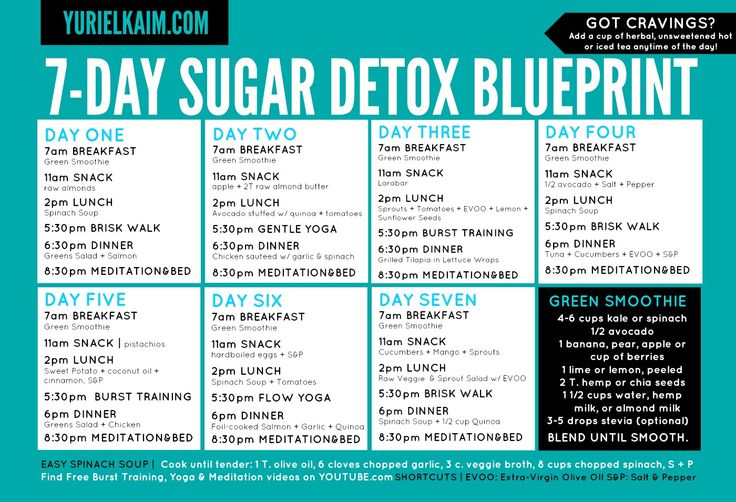
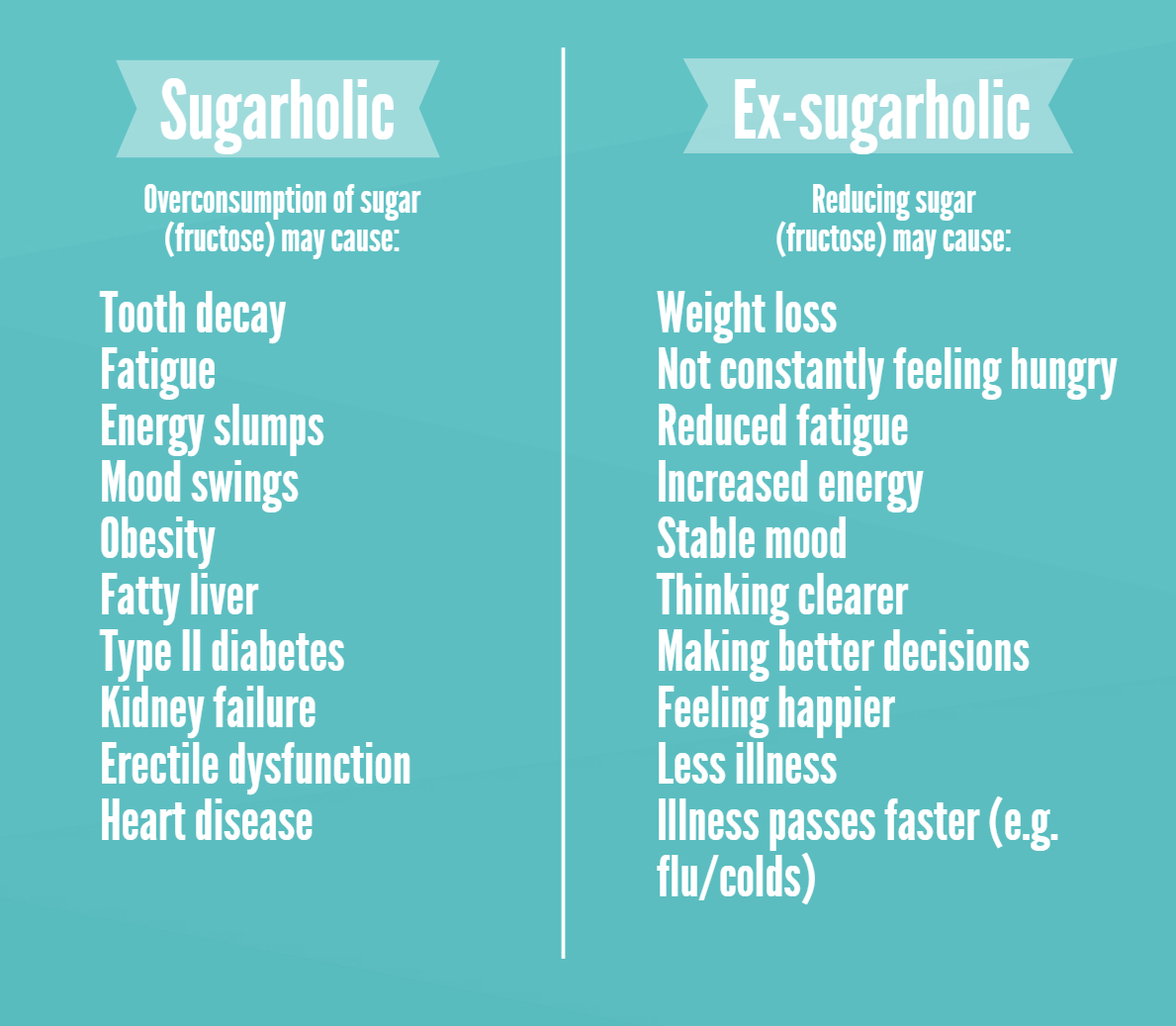
Don’t fret – it’s not too late to kick those bad habits to the curb. I have a couple of recommendations on how to safely consume sugar without sacrificing your health.
The first would be to appeal to your emotions. Sometimes, when you crave food, it is triggered by an emotional need such as wanting to relieve stress or feel a little bit happier after a tiring day. More often than not, people tend to ignore their emotions when considering whether to eat healthy or otherwise.
I highly recommend the Emotional Freedom Technique (EFT), a simple and effective psychological acupressure technique that could help you manage the emotional components of your cravings. It has been proven to relieve a lot of emotional traumas, abolish phobias and post-traumatic stresses, break down food cravings, and lessen physical pain and discomfort.
What EFT entails in its practitioners is to have the right mindset when going on a diet or just taking steps to improve their health. If you’re already curious, you can browse through the basics of EFT here.
Another way to reduce sugar consumption would be to lessen the amount of sugar that you consume on a daily basis – below 25 grams to be exact – including that from whole fruits.
I also advise you to avoid high fructose corn syrup (HFCS) at all costs. This is a sweetener that is made from corn and found in many of the food items that we eat and drink today. Now, this is considered to be deadly not only because of the amount of sugar that goes in it but also because of the health risks that it can cause, most of which were already mentioned above.
https://youtu.be/ZjG5t4LN0jA
emerginC scientific organics eyelight cream
An active, nourishing cream with super-antioxidant astaxanthin, Derm SRC™ with bamboo and pea extracts, Acquacell™ with watermelon rind and lentil extracts, grape stem cells, apple extract, rose hip, olive oil, shea butter and more, designed to fight the appearance of fine lines, wrinkles, puffiness and under-eye circles, while hydrating and brightening.
Eminence Organics Soothing Chamomile Tonique
Eminence Organics Soothing Chamomile Tonique calms and conditions the skin for a silky-smooth texture and healthy radiance. It is the perfect pairing for skin-treatments to ease irritation, including peels, enzymes, and other dermatologic procedures. Formulated for normal to oily skin but great on all skin types, this treatment toner cools on contact, and infuses the skin with healing botanicals that promote the healing process.
Eminence Organics Bamboo Firming Fluid
This light-weight fluid penetrates deep below the surface of the skin boosting collagen levels and restoring firmness and definition to the complexion. Fine lines and wrinkles, loose skin, and uneven texture are visibly smoothed and lifted creating a more youthful-looking complexion. Skin emerges supple and firm with improved elasticity. Antioxidants go to work protecting the skin from harmful free radicals. Restore and revitalize your complexion with Eminence Organics Bamboo Firming Fluid.
Eminence Organics Calm Skin Starter Set
The Eminence Organics Calm Skin Starter Set includes a 30-day supply of organic products that target and treat sensitive skin types. Soothing and rejuvenating, each of the products infuses moisture and reduces inflammation, improving the health and appearance of even the most sensitive skin types.
With four all-natural, organic, botanically-derived products that cleanse, hydrate, treat, and relieve sensitive skin, soothing and calming ingredients reduce redness and inflammation for a clear, beautiful complexion. Formulated with non-irritating ingredients that won’t intensify flare-ups or redness, with each use of the Calm Skin Starter Set, you’ll feel refreshed and soothed.
Eminence Organics Repair and Protect Collection
From mountaintops to oceanfronts, remote regions to urban jungles, our environments are full of stressors that affect our skin. Whether it’s UV exposure, pollution, harsh winds, or cold and dry climates, these elements can aggravate skin conditions and need special attention. Derived from rosehip and rosemary, this powerful antioxidant complex supports the skin’s defense against free radicals, provides protection and prevents further damage from environmental stressors. Help skin prepare to face the elements with the ultimate healing and protection for all skin types.



